Kale is a nutritional powerhouse. In this post, I'll share the 10 most important health benefits of kale, plus a quick list of simple kale recipes to add more of this leafy green to your diet.
Kale is one of the most nutrient-dense foods you’ll find on supermarket shelves. It contains not only tons of vitamins and minerals, but also less than 7 grams of carbohydrates and only 42 calories per serving.
But that’s not all. Eating the bright green leaves of kale can support your overall health, which I'll discuss later in this post.
In This Post You'll Find:
Listen To This Post
Watch The Benefits Of Kale Video
Keep reading to discover all the benefits of kale, and to to understand why kale is such an awesome cruciferous vegetable.
What Are Cruciferous Vegetables?
Kale belongs to the cruciferous vegetable family. These vegetables have leaves in the shape of a cross (hence the name cruciferous).
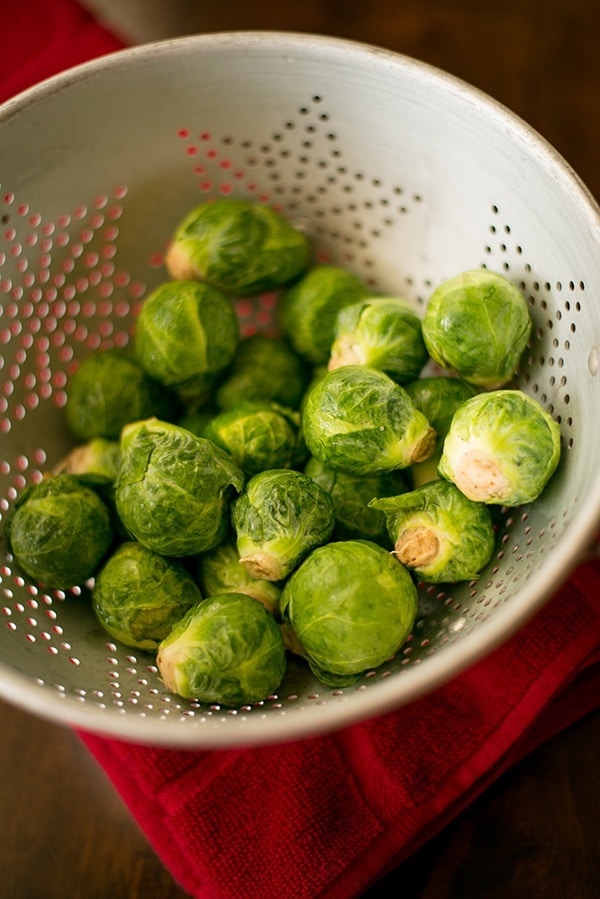
Other cruciferous vegetables you might be familiar with include:
- Collard greens
- Broccoli
- Cabbage
- Cauliflower
- Brussels sprouts
Health Benefits of Kale
Why is kale so good for you? Let's explore the top 10 reasons why kale is a beneficial, tasty, nutritious, and inexpensive way to make healthy food choices.
1. Brain Health
Kale is high in flavonoids, which are plant substances that are believed to lower the risk of stroke.
Kale also contains 6-7% of your recommended daily amount of iron. Iron helps form hemoglobin, which carries oxygen to cells everywhere in the body, including brain cells.
While kale contains very little fat, what little there is, is in the form of omega 3 fatty acids (alpha-linolenic acid), which are good for memory, cognitive function, reducing inflammation, and overall brain health.
2. Bone Health
Kale is a rich source of calcium and phosphorus, which are the major building blocks of bones and are essential for strong bones. A cup of raw kale contains approximately 50 mg of phosphorus and 175 mg of calcium.
Kale also has roughly 500 mcg of vitamin K, which research shows may reduce the risk of bone fractures. Isn't that crazy?
3. Heart Health
Kale is high in potassium, which according to the American Heart Association, can help to control blood pressure by lessening the effect of sodium (salt). High blood pressure is one of the leading causes of heart disease.
One cup of cooked kale contains 170 mg of potassium, so it’s definitely one of the best high-potassium foods.
Kale contains nearly 5 grams of fiber per cup. Dietary fiber consumption is linked to lower cholesterol levels, lower blood glucose levels, and a lower risk of heart disease. Kale also has bile acid sequestrants that can help to lower cholesterol levels. Since high cholesterol levels are linked to several health conditions, primarily cardiovascular disease, it appears kale would be a beneficial food to include.
Further, the vitamin K in kale helps make proteins needed for blood clotting. This is important because it prevents you from bleeding too much. For this reason, doctors use vitamin K to reverse the effects of blood thinners if excessive bleeding occurs.
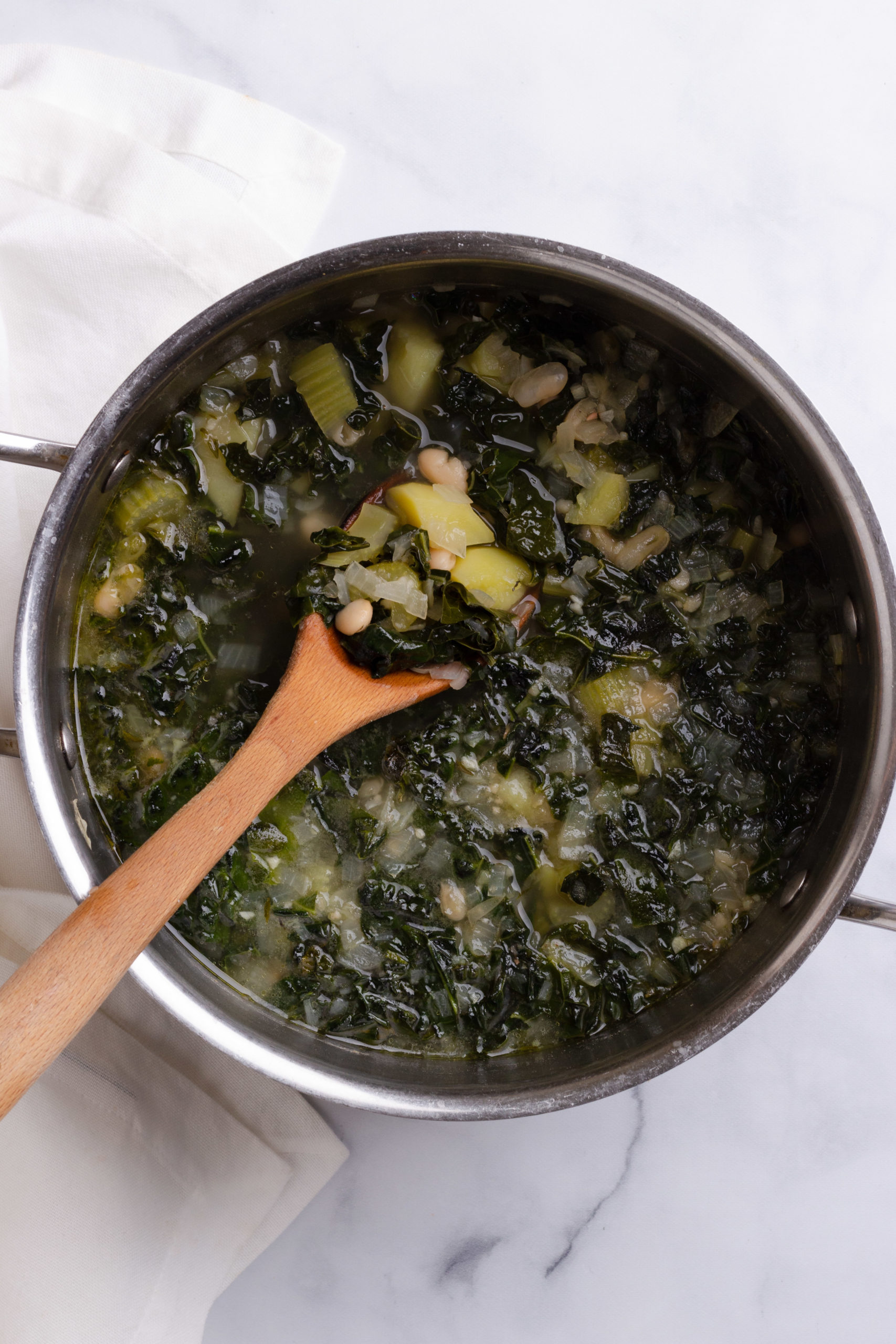
4. Skin Health
Kale contains beta carotene, an antioxidant that gets converted to vitamin A in the body. This is essential in maintaining the integrity of soft tissues, like skin and nails.
It’s also a great source of vitamin C, which the body needs to build collagen.
Collagen is a protein that keeps skin looking soft, smooth, and youthful. There’s around 20 mg of vitamin C in one cup of kale. More on the benefits of collagen here.
5. Eye Health
Kale and other leafy green vegetables contain substances called lutein and zeaxanthin. Studies suggest that a high dietary intake of lutein and zeaxanthin can significantly lower the risk of age-related macular degeneration (AMRD). AMRD is one of the common eye disorders that can lead to severe and permanent vision loss.
Also, kale’s high vitamin C, vitamin E, zinc, and beta-carotene content are believed to support eye health. Clearly (ha - get the pun?) kale is a great natural way to get many important nutrients for eye health.
6. Liver Health
Leafy greens like, spinach and kale, are high in antioxidants and fiber, which the liver needs. Kale is high in iron (around 1 mg in one cup of cooked kale), which is needed to make hemoglobin. Hemoglobin carries oxygen to every cell in the body.
Aside from this, iron is also essential for liver health. Women, in particular, need iron due to the blood loss that occurs with their monthly periods.
Fun fact: Cooking kale in a cast iron pan may also increase the iron quantity in your meal. Plus, drinking citrus juice with kale increases the body’s ability to absorb iron, given the citrus juice is rich in vitamin C.
7. Weight Loss
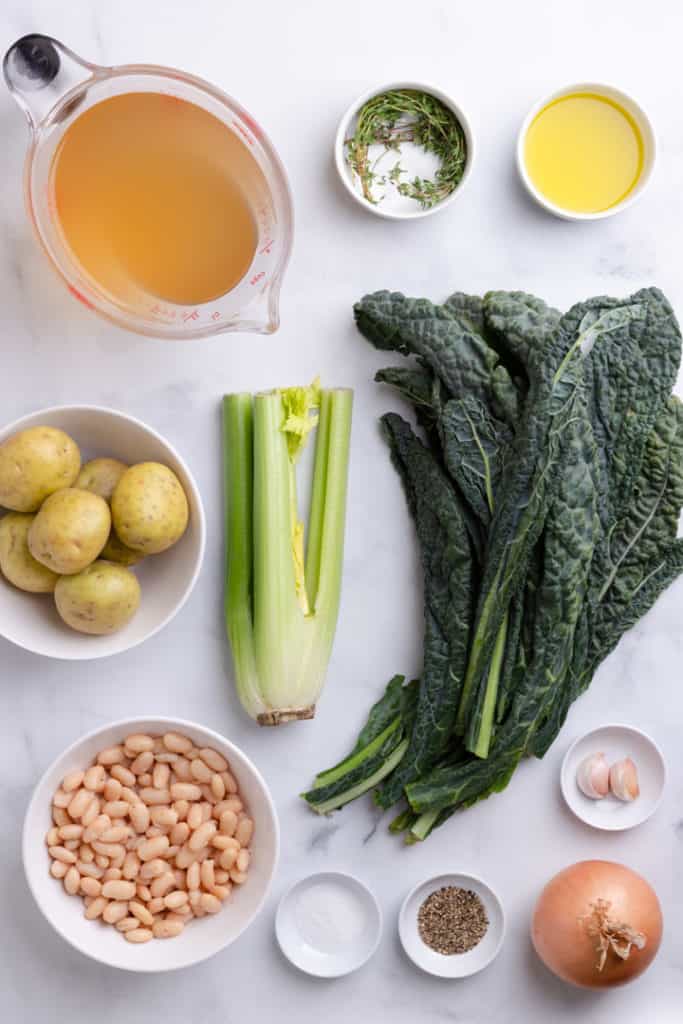
Like most people, I’ve had my struggles with weight gain. But, believe it or not, kale can help with weight loss.
The secret ingredient is fiber.
Kale contains very few calories yet provides bulk, so you feel full. If you add more kale or cruciferous vegetables from the cabbage family to your diet, it can help with your weight loss goals.
Of course, if weight loss is your goal, it’s important to pay attention to how you’re cooking kale. I find steamed kale is delicious and there are no additional calories from the cooking method. It also gets rid of the somewhat bitter taste that some people find bothersome.
If you must add oil to your kale dishes, I recommend extra virgin olive oil, which has many additional health benefits. A snack like baked kale chips in avocado oil is another great way to eat fewer calories.
Here’s a list of the healthiest oils I recommend.
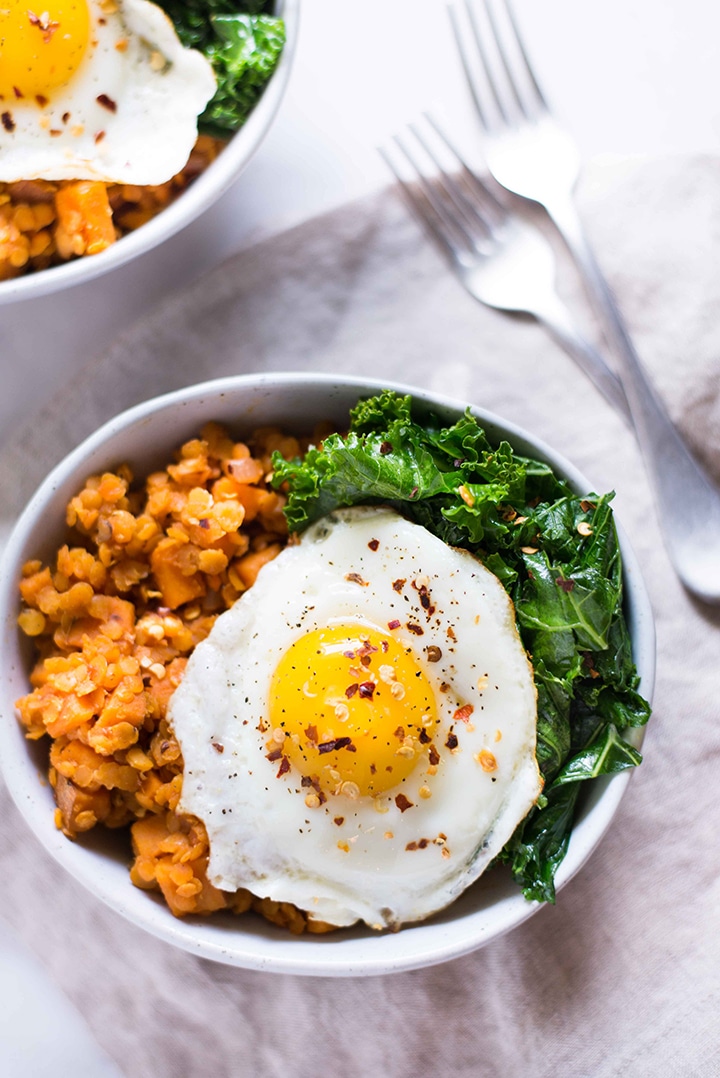
8. Digestion
Kale contains water and fiber, both of which play a major role in digestive health.
The high fiber content increases stool bulk and keeps the digestive tract moving. In other words, if you add kale to your diet, it can help to keep your bowel movements soft and regular with a reduced risk of constipation.
9. Immunity
Leafy green vegetables like kale contain healthy doses of vitamin C, one of the most potent antioxidants available from food.
Eating a leafy vegetable like kale can, therefore, help in improving antioxidants. Antioxidants are substances that eliminate cell-damaging free radicals. Just one cup of kale contains about a fifth of the recommended daily intake of vitamin C for adults.
10. Anti-Inflammatory
Kale has strong anti-inflammatory properties because of its vitamin E content, which reduces inflammation in the body.
Inflammation is at the heart of many chronic conditions like arthritis and inflammatory bowel disease (IBD). By eating an anti-inflammatory food like kale, you may reduce your overall inflammation.
In addition to kale, I have consolidated a list of anti-inflammatory foods you can try. You can check them out in the video here:
If you’re looking for help to reduce your inflammation, improve your relationship with food, feel amazing in your body, and lose weight, check out my 30 Day Healthy plan, which gives you great benefits without starving yourself or dealing with complicated eating rules.
Prepping and Cooking Kale
Kale is so loaded with nutrients that some people believe drinking a glass of kale juice is like taking a multivitamin. If you’re new to eating kale, here are some quick tips:
- Remove the central stalk.
I suggest you remove the tough central stalk before cooking curly kale.
- Add it to your favorite recipes.
You can pretty much use kale the same way as spinach - it’s great in salads, stir fry, pasta, soups, and omelets.
- Proper storage is key.
I store my kale in a plastic bag in the refrigerator, and it’s usually good for up to a week.
Easy Kale Recipes
Here are some of our favorite recipes to help add more kale to your diet.
- Kale Soup | With Potato And Cannellini Beans
- Kiwi And Kale Smoothie
- Fall Harvest Buddha Bowl on Cauliflower Grits
- Sweet Potato And Lentil Hash with Garlic Sauteed Kale
- 5-Day Anti-Inflammatory Diet Meal Plan
- Quinoa Lentil Salad with Lemon Vinaigrette
FAQs
Is it better to eat kale raw or cooked?
Like all vegetables, cooking can reduce the nutritional profile of kale, so it is best eaten raw. I’m careful to wash kale thoroughly before eating it raw, though. That being said, cooked kale is better than no kale at all, and it will still provide helpful fiber to your diet. Either way is better than not having it at all.

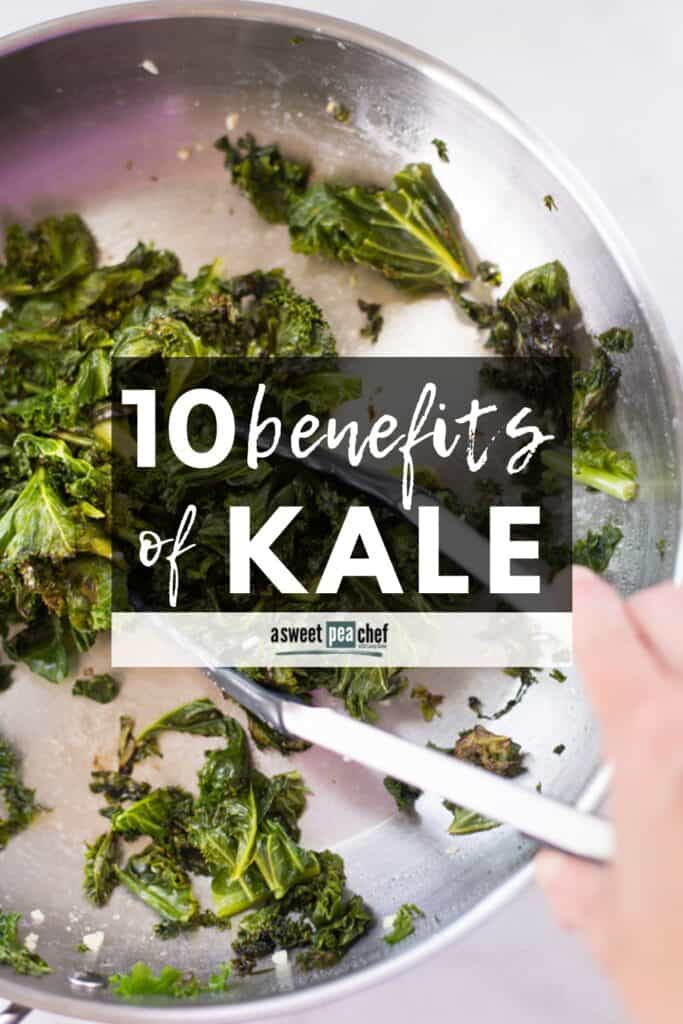
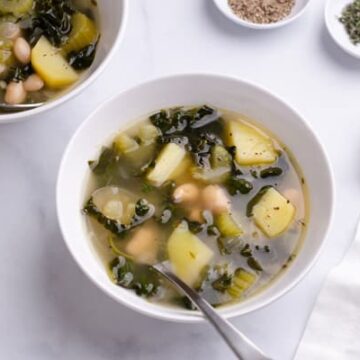
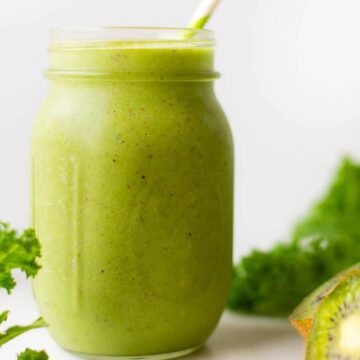
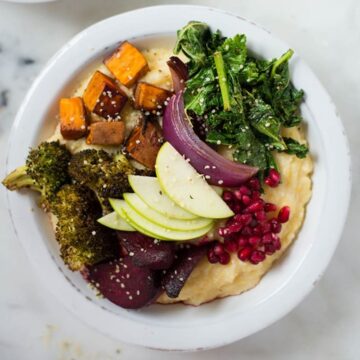
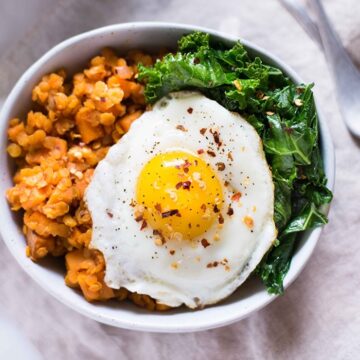
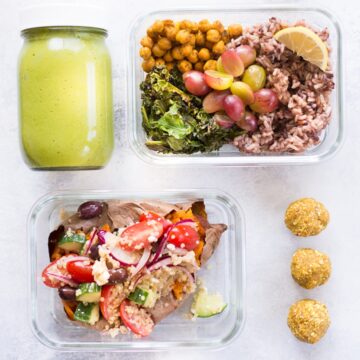

Comments
No Comments